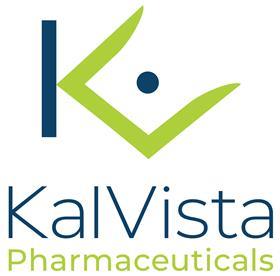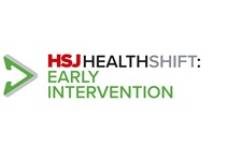As clinicians and patient representatives, we see firsthand the challenges faced by people living with hereditary angioedema, write Patrick Yong, Tomaz Garcez, Anthony Dorr, Emily Carne, and Angela Metcalfe
KalVista organised and funded a meeting that led to this publication and paid honoraria to the authors. The authors had final editorial control.
This rare, inherited condition, affecting about 1 in 50,000 people, brings unpredictable and potentially life-threatening episodes of swelling.[i] Despite the advancements in treatment options, ensuring truly personalised care for HAE patients remains a challenge, even though it aligns with the NHS’s strategic shift towards patient-centred approaches and empowering individuals to manage their own health. Recently, we contributed to a white paper focused on improving HAE care, alongside other clinicians and patient representatives. The paper identifies key gaps and suggests a roadmap for optimising UK care and treatment.
Sponsored by and produced for
Key findings include:
- Diagnosis can be a major hurdle. It can take years – more than eight in some cases – from the first symptoms to get a confirmed diagnosis, a process often complicated by patients being referred through many different hospital departments before reaching immunology. Some patients even undergo unnecessary surgical procedures due to misdiagnosis, leading to avoidable costs and resource strain. Imagine living with that uncertainty and the profound impact it has on daily life, work and relationships. It also highlights the urgent need for more integrated care pathways, another key focus for today’s NHS.
“Living with HAE isn’t just about managing physical attacks; it’s about navigating a constant undercurrent of anxiety and uncertainty. Patients tell us about how the fear of swelling disrupts their lives, impacting work, school, and social connections. The emotional toll is immense, often leading to isolation and mental health challenges.
“Patients often face a battle for truly personalised care. We hear stories of restrictive guidelines or feeling unheard when discussing treatment options that may fit their lifestyles better. Our goal is to empower individuals to reclaim their lives, ensuring their voices are central in shaping truly holistic and accessible care that addresses these profound unmet needs and offers genuine choice.” – Angela Metcalfe, CEO, HAE UK
- The severity, frequency and impact of attacks vary from person to person, which means a one-size-fits-all approach simply doesn’t work. We need personalised treatment plans, tailored to individuals’ unique needs. However, current UK access criteria around preventive treatments are inflexible and do not account for individual disease burden and impact.[ii] International guidelines emphasise considering the individual patient’s experience, and the overall impact of the disease on their quality of life, not purely the number of attacks. This underscores the critical need for a truly holistic approach.
- Even with preventive treatments, attacks can still occur. In addition, while on-demand treatments are available, patients often delay taking them. Reasons for these delays include not routinely carrying medication or various barriers to injectable administration, leading to longer and more severe attacks. Patients sometimes visit accident and emergency for on-demand treatments but face challenges due to limited staff awareness and understanding of HAE. We need to improve education and ensure that A&E staff have access to the necessary information. And let’s not forget the importance of comprehensive mental health support. Living with a chronic, unpredictable condition takes a significant toll, so we should also be ready to address the full psychological burden.
The white paper offers clear recommendations, focusing on the need to:
1. Ensure patients have access to a range of HAE treatment options tailored to their individual needs. To achieve this, we need to ensure that patients have personalised care plans, that healthcare decision-makers are receptive to innovative treatments and listen to the patient community, and that patients understand the importance of carrying and promptly using medication when appropriate.
2. Increase patient and professional understanding of HAE by providing training to healthcare professionals so they are able to recognise the signs and symptoms of rare diseases earlier. The NHS should work with patient groups to provide resources and support for patients to improve their understanding of their condition and available treatment options. This would also support the shift towards earlier intervention within community settings, reducing reliance on acute hospital care.
3. Improve the health system for rare diseases by ensuring access to specialist centres across the UK and investing in robust data collection systems to gather, analyse and share information across the NHS.
By taking these steps, we can bridge the gap in HAE care and improve the lives of our patients. It’s time to move beyond just managing the disease and help people with HAE to live full and meaningful lives.
To read the white paper, please visit https://www.haeuk.org/news/unmet-needs-in-hae-treatment/
References
[i] HAEI. How many people are affected by HAE. Available at: How many people are affected by HAE? - HAE International (HAEi) Last accessed: July 2025.
[ii] Yong PFK, Annals R, Diwakar L, et al. Prophylaxis in hereditary angioedema: a United Kingdom Delphi consensus. Clin Exp Immunol. 2024; 217(1):109-116.





































